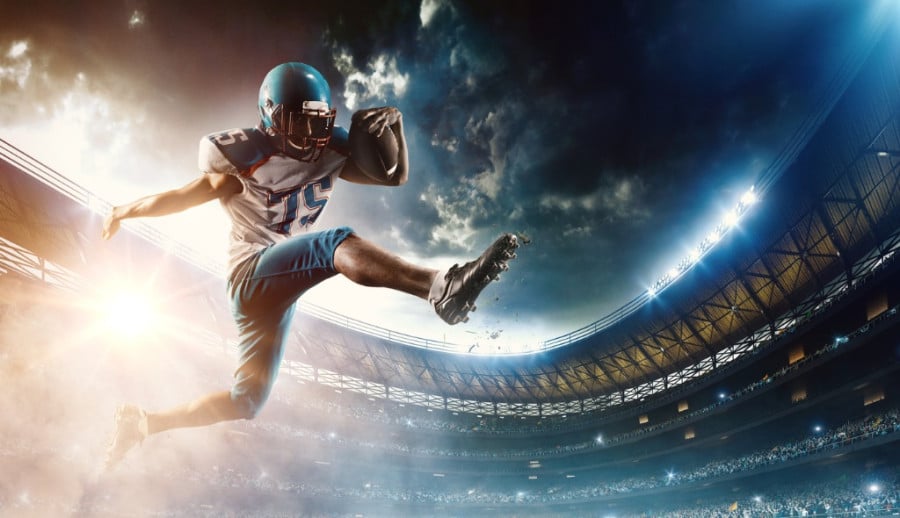Name Image & Likeness - How Laws Are Evolving For NCAA Athletes’ Compensation

Supporting college athletics is an enduring cultural tradition throughout the United States. Many of us follow our favorite teams and players as though each is a religion, providing us with ecstatic highs and lows as we cheer from hot bleacher seats, in front of home television sets, and with our arms on the wood bar at our favorite drinking establishment. And while college sports have maintained their societal importance throughout two centuries, the game has changed. The commercialization of college sports has bulldozed the concept of the unpaid student-athlete, [1] . With college sports bringing in revenue of well over a billion dollars annually, an arms race takes place, especially among the top-tier athletic programs, each year to build the best athletic facilities, recruit the best athletes, pay the elite coaches, and win the most games.[2] Largely left out of this arms race has been the gear that helps make the machine turn: the athletes themselves. That is no longer the case. With over half of the states in the United States enacting laws allowing college athletes to receive compensation for use of their name, image, and likeness (NIL), and over a dozen states with legislation in the works, a new era for college athletes has emerged.[3]
While a massive victory for college athletes, the new emerging college sports landscape carries with it uncertainty surrounding the “new” NCAA, Congress’s and the states’ role in regulating collegiate athletics, and the effect that removing college athletics’ quasi-“trickle-down-economics” scheme will have on the traditional nature of sports these athletes play. This article summarizes the legal landscape surrounding NIL with a focus on:
- Current NIL legislation;
- The interim NCAA NIL policy;
- The potential for federal NIL legislation;
- The landmark Supreme Court decision of NCAA v. Alston & its implications; and
- The National Labor Relations Board Memorandum classifying college athletes as employees.
To continue reading or watching login or register here
Already a member? Sign in
Get access to all of the expert analysis and commentary at LawInSport including articles, webinars, conference videos and podcast transcripts. Find out more here.
- Tags: Amateurism | American Football | Athlete Welfare | Athletics | Baseball | Basketball | Commercial Law | NCAA | Regulation & Governance | Sports | United States
Related Articles
- What is next for NCAA student-athletes? From O'Bannon onto Jenkins
- The New NCAA Independent Accountability Resolution Process for Infractions Cases: An Overview
- How has California’s “Fair Pay to Play” Act changed college sport, if at all?
- Name, image & likeness rights in the NCAA: the evolving legal landscape for college athletes
- How The Professional Collegiate League Aims To Disrupt College Athletics: Part 1 - Challenging An Economic Cartel
- Will The NCAA’s One-Time Transfer Rule Empower Athletes Or Undermine The Game?
- NCAA V. Alston - Why The NCAA Lost & What The Future Holds
- The NCAA College Basketball Bribery Scandal: The Scheme that Continues to Shake Collegiate Sports
- How could US college football be restructured to improve its competitive & economic potential?
- The NBA Lawyers’ Business, Part 1: Alcohol Beverage Sponsors
Written by
Joshua Levey
Joshua Levey is an attorney at Vela Wood. He focuses his practice on Sports and Gaming in addition to focusing on various Venture Capital matters.

 Global Summit 2024
Global Summit 2024